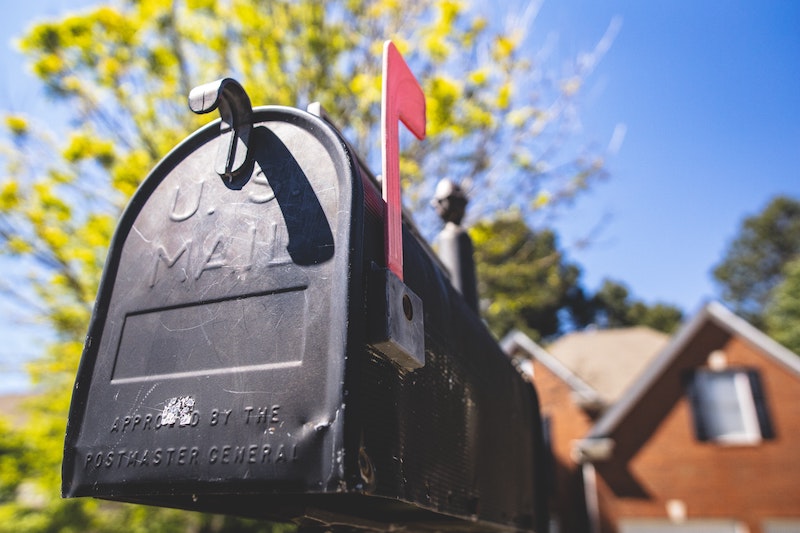With regions of the U.S. bound to some of the colder weather in winter months, many brands and retailers fight to ensure products are delivered on time. However, the Polar Vortex sometimes has something to say about that.
Recently some brands sent out shipping delay emails to its customers to warn about the weather and potential setbacks. Retailers like Newegg and Topshop properly set customer expectations by proactively notifying site visitors, either on customer support pages or product detail pages.
But despite the best efforts of retailers, if mother nature throws a wrench in shipping plans, there is little that can be done to control the last mile of the online shopping experience.
To help with these situations, here are some tips for customer service teams that need to communicate a delay in shipping to customers:
Emails Are Easy, Phone Calls Are High Touch
With ecommerce purchases, customers expect most communications from the retailer to be done in the same medium. Depending on the severity of the delay—number of customers affected, dollar value of the order, etc.—always consider calling customers about delivery issues in addition to an email.
Consider the speed with which an issue can be resolved for your customer when discussing solutions in real time.
Be Apologetic
This might seem obvious, but a sincere mea culpa will go a long way when accompanied by reasonable explanations for snafus. You can’t control the weather or if the Postal Service cannot access specific customers.
But don’t be afraid to be honest and open with your customers.
Be Transparent
Customers can often tell when they’re being given a vague reason for a problem, or worse, when they’re being lied to. Try to deliver explanations in real-world terms to help them relate to what went wrong and why.
Deliver Solutions With Options
In some cases, consider giving your customer choices on a platter and let them make the call on how to bring an unsatisfactory issue to a close.
“Would you like to wait until your shoes become available again and we’ll overnight them to you? Or, would you prefer to cancel the order and receive a 10% credit on your next order?”
Choices such as this can quickly change the customer’s mindset from being the victim to being in control.
Under-Promise, Over-Deliver
Make sure you keep any expectations for a quick resolution within reason. You’ve already disappointed the customer once, so don’t do it again by making promises you cannot keep.
On the flip side, a loyal customer knows that your estimated 20-day delivery is probably padded, so don’t go crazy with the under-promise, over-deliver strategy.
Over-Communicate
Keep your customer abreast of progress as you work toward resolving their issue. If goods have finally changed hands from a third-party vendor to your warehouse, tell them.
Treats Are Nice, But Should Be a Final Step
Sending goodies along such as a 15% off coupon code is nice. However, if they’re sent along without a proper apology and straightforward plan of how the issue will be resolved, your brand message might come across as a weak and phony way to keep the shopper spending on your site.





